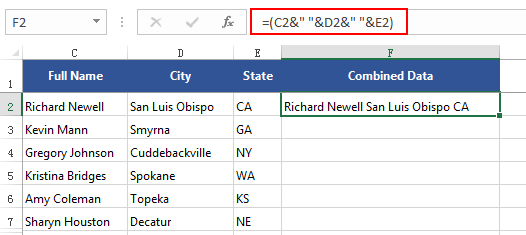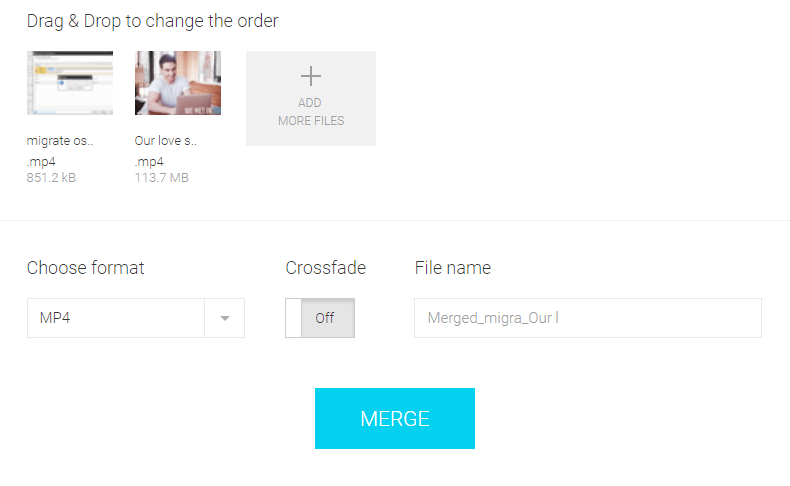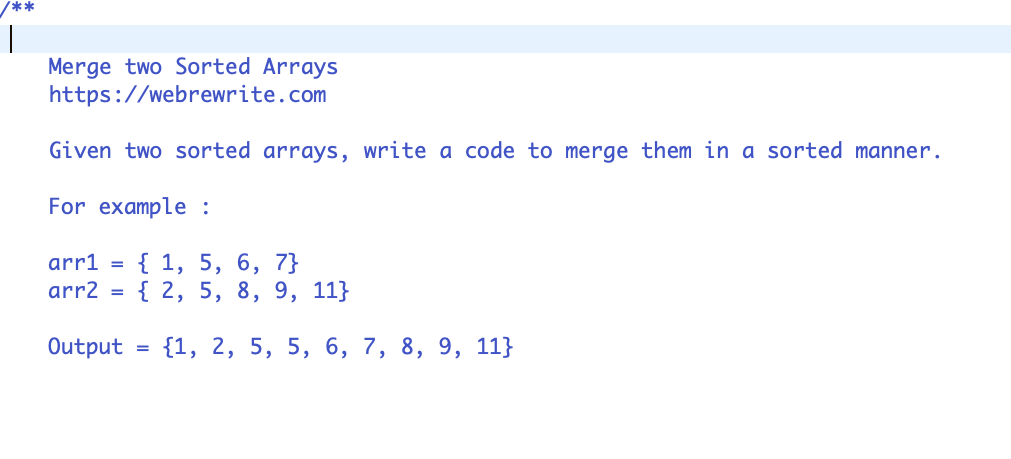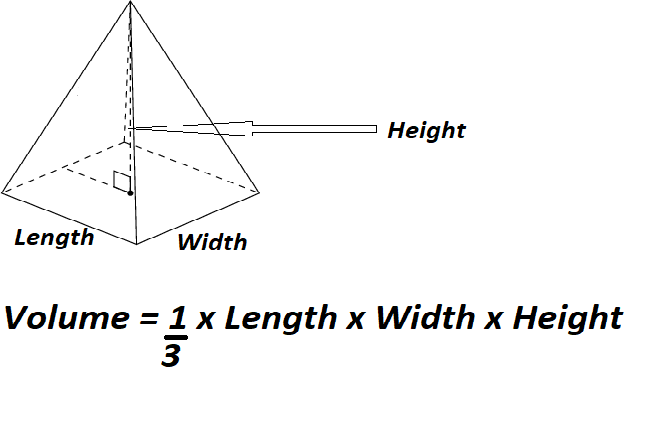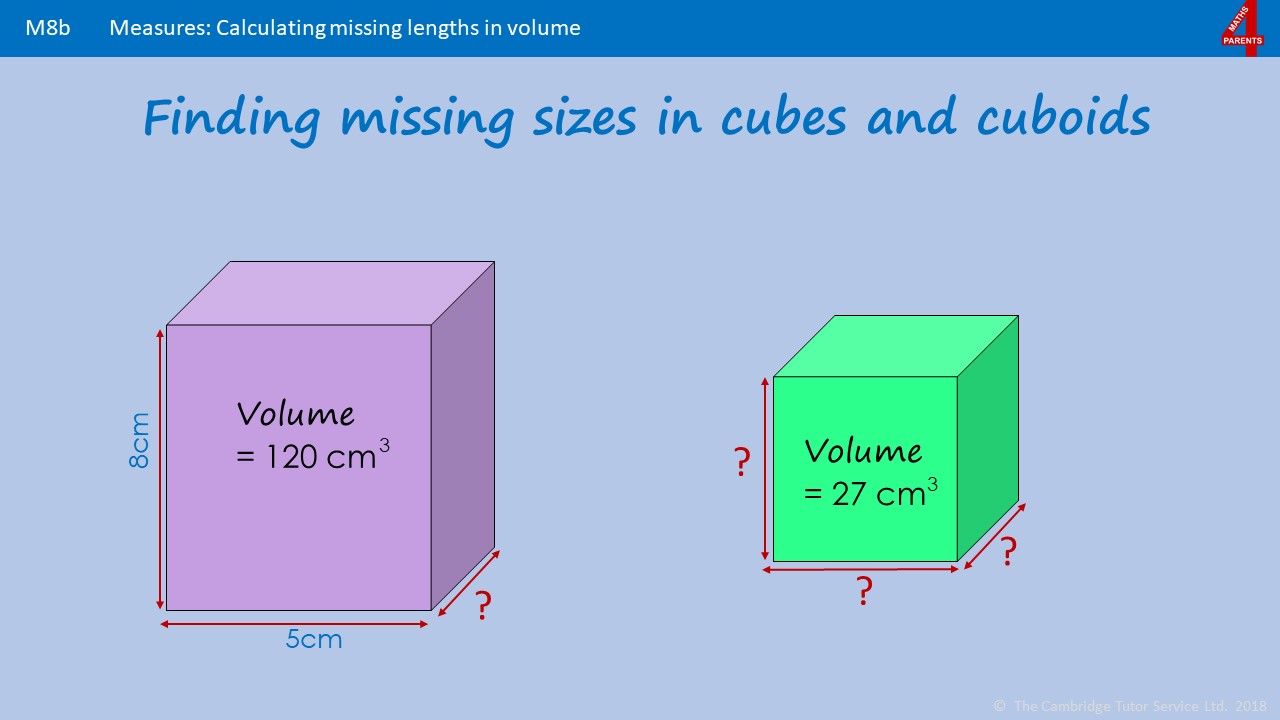You can suppose about part teams very similar to folders in your laborious drive. Each folder can have a number of information in it or keep further folders that, in turn, comprise one different degree of content. You may give a significant identify to every part group to remind you of that subset of notes that every part contains. Section teams you've created might possibly be accessed to the far appropriate of the row of part tabs beneath the ribbon or within the expanded hierarchical view within the navigation bar.
In such a condensed view, the fast advantage is that you simply don't should click on previous or dig via all the sections in your notebook. By transferring a handful of sections into every part group, you'll have quick entry to these part tabs whilst that part group is displayed. You can examine extra about knowledge analytics making use of pandas here. All of these instructions lead to all the code cells in a pocket e-book being run.
In particular, solely selections 2 and three above will restart the R session earlier than operating all the cells; choice 1 is not going to restart the session. Restarting the R session signifies that each one prior objects that have been created from operating cells earlier than this command was run can be deleted. In different words, restarting the session after which operating all cells emulates how your pocket ebook code would run in case you entirely restarted Jupyter earlier than executing your complete notebook. Jupyter Notebooks provide a good solution to write down and iterate in your Python code.
It is an extremely potent device for interactively creating and presenting knowledge science projects. A pocket ebook integrates code and its output right into a single doc that mixes visualizations, narrative text, mathematical equations, and different wealthy media. Best of all, as component of the open supply Project Jupyter, they're totally free. Every saved change to a Python cell on this Jupyter pocket ebook will now be mirrored within the .py file. Two totally different adult males and women can now work on these .py knowledge simultanously. Pulling, pushing, and merging code can be dealt with simply as they might be for another Python project.
The .ipynb file under no circumstances must be shared, until an individual desires to share the output of their notebook. This addresses any problems with regards to committing binary blobs to variation control. In Jupyter, viewing, modifying and operating R code is completed within the Jupyter pocket ebook file format with file extension .ipynb. This file format is hard to open and consider outdoors of Jupyter.
We propose exporting the Jupyter pocket e publication after executing the evaluation to have the ability to additionally share the outputs of your code. Note, however, that your viewers will be unable to run your evaluation employing a .html or .pdf file. If you would like your viewers to have the ability to breed the analysis, it's essential to give them with the .ipynb Jupyter pocket e publication file.
Jupyter is a web-based interactive improvement atmosphere for creating, editing, and executing paperwork referred to as Jupyter notebooks. Jupyter notebooks are paperwork that comprise a mixture of pc code and formattable text. Reproducible information evaluation is one the place you will reliably and simply re-create the identical consequences when analyzing the identical data. An instance of what a Jupyter pocket e-book appears like is proven in Figure 11.1. To forestall untrusted code from executing on users' behalf when notebooks open, we've got added a signature to the notebook, saved in metadata. The pocket e-book server verifies this signature when a pocket e-book is opened.
If the signature saved within the pocket ebook metadata doesn't match, javascript and HTML output is not going to be displayed on load, and have to be regenerated by re-executing the cells. The commonest solution to inadvertently create a nonlinear pocket ebook is to rely solely on utilizing the button to execute cells. For example, suppose you write some R code that creates an R object, say a variable namedy. When you execute that cell and create y, it'll live on till it really is intentionally deleted with R code, or when the Jupyter pocket ebook R session (i.e., kernel) is stopped or restarted. It may even be referenced in a different distinct code cell (Figure 11.10).
Together, because of this you'll then write a code cell additional above within the pocket publication that references y and execute it with out error within the present session (Figure 11.11). This may be executed efficiently in future periods if, and solely if, you run the cells within the identical unconventional order. However, it really is complex to recollect this unconventional order, and it isn't the order that others would anticipate your code to be executed in.
Thus, within the future, this may cause errors when the pocket publication is run within the traditional linear order (Figure 11.12). With thenumber of public notebooks on GitHubexceeding 1.8 million by early 2018, it's unquestionably the preferred unbiased platform for sharing Jupyter tasks with the world. GitHub has built-in assist for rendering.ipynbfiles immediately equally in repositories and gists on its website. If you aren't already aware,GitHubis a code internet hosting platform for edition manage and collaboration for repositories created withGit. You'll want an account to make use of their services, however commonplace accounts are free.
This code hereis meant to merge a number of jupyter notebooks into one notebook. The remaining pocket ebook may even include the mum or dad file names together with cells from diverse notebooks. Nbdime was particularly created to unravel issues associated to diffing and merging Jupyter notebooks.
The device understands the construction of .ipynb files, so it could make content-aware choices and supply extra informative messaging. You can now export your Notebook files at any time and returned it up in anywhere of your choice. Users who use Notebook with no Zoho account can multi-select word playing cards and notebooks and export all as a ZIP file. Zoho customers can request to obtain the whole thing of their Notebook data, both in HTML or ZNote format. You will be given an e-mail with a obtain hyperlink as soon as the export is completed.
You can import these documents once more making use of the Notebook app. Project Jupyter is the successor to an earlier undertaking IPython Notebook, which was first released as a prototype in 2010. Jupyter Notebook is constructed off of IPython, an interactive method of operating Python code within the terminal making use of the REPL mannequin (Read-Eval-Print-Loop). The IPython Kernel runs the computations and communicates with the Jupyter Notebook front-end interface. It additionally permits Jupyter Notebook to help a number of languages.
Jupyter Notebooks prolong IPython using further features, like storing your code and output and permitting you to maintain markdown notes. The earlier options make Jupyter notebooks extra pleasant to model control, however they've drawbacks. Nbconvert processes are guide and so they drive the consumer to rerun the pocket publication after stripping the output.
Nbdime gives extra accomplished options for diff and merge, however does not make it straightforward to edit plain textual content exterior of the notebook. Jupytext makes use of YAML metadata to supply essentially the most accomplished adaptation manage solution. Neptune makes it straightforward to share pocket publication diffs at specified checkpoints with hyperlinks. The interface additionally makes it straightforward to browse diverse checkpoints or pocket publication files. Jupyter notebooks generate information that could include metadata, supply code, formatted text, and wealthy media. Unfortunately, this makes these information poor candidates for typical adaptation manage solutions, which works ideal with plain text.
Therefore, we suggest you load all R packages in a code cell close to the highest of the Jupyter notebook. To create a brand new Markdown cell in Jupyter, click on on on the + button within the toolbar. By default, all new cells in Jupyter begin as code cells, so the cell format should be modified to be acknowledged and rendered as a Markdown cell. To do this, click on on on on the cell together with your cursor to be certain it can be activated. Then click on on on on the drop-down field on the toolbar that says "Code" , and alter it from "Code" to "Markdown" (Figure 11.9).
Text cells inside a Jupyter pocket guide are referred to as Markdown cells. Markdown cells are wealthy formatted textual content cells, which suggests you can still daring and italicizetext, create topic headers, create bullet and numbered lists, and more. These cells are given the identify "Markdown" given that they use Markdown language to specify the wealthy textual content formatting. You don't must study Markdown to write down textual content within the Markdown cells in Jupyter; plain textual content will work simply fine.
However, it is advisable to be taught a bit about Markdown within the top to allow you to create properly formatted analyses. See the extra assets on the top of this chapter to discover the place one could begin researching Markdown. Code cells would possibly possibly be run independently or as component to executing your whole pocket e-book employing among the "Run all" instructions present within the Run or Kernel menus in Jupyter.
Running a single code cell independently is a workflow usually used when modifying or writing your personal R code. The sections of a Jupyter pocket e-book that comprise code are known as code cells. A code cell that has not but been executed has no quantity contained in the sq. brackets to the left of the cell (Figure 11.2). Running a code cell will execute all the code it contains, and the output will probably be displayed instantly beneath the code that generated it. Outputs could embody printed textual content or numbers, facts frames and facts visualizations. Cells which were executed even have a quantity contained in the sq. brackets to the left of the cell.
This quantity signifies the order during which the cells have been run (Figure 11.3). Within a Python Notebook, it really is viable to view, inspect, sort, and filter the variables inside your present Jupyter session. By choosing the Variables icon within the principle toolbar after operating code and cells, you will see an inventory of the present variables, which can immediately replace as variables are utilized in code. The variables pane will open on the underside of the notebook. Jupyter notebooks are a favourite device of many facts scientists.
They give customers with a really perfect surroundings for interactively analyzing datasets immediately from an internet browser, combining code, graphical output, and wealthy content material in a single place. To start off scripting for guidance and deploying your model, create a Jupyter pocket e-book within the SageMaker pocket e-book instance. Using the Jupyter notebook, you may conduct machine getting to know experiments for guidance and inference whilst accessing the SageMaker options and the AWS infrastructure.
One main function of the pocket e e-book is the power to show plots which are the output of operating code cells. IPython is designed to work seamlessly with thematplotlib plotting library to offer this functionality. At some point, it would be best to create a new, refreshing Jupyter pocket e e-book in your personal venture rather than viewing, operating or modifying a pocket e e-book that was began by somebody else.
To do this, navigate to the Launcher tab, and click on on on on the R icon beneath the Notebook heading. If no Launcher tab is visible, you will get a brand new one by way of clicking the + button on the highest of the Jupyter file explorer (Figure 11.15). Fundamentally, we envision use instances primarily within the classes of a merge command for adaptation management integration, and diff command for inspecting modifications and automatic regression testing.
At the core of all of it is the diff algorithms, which ought to manage not solely textual content in supply cells however in addition plenty of knowledge codecs based mostly on mime varieties in output cells. It is usually a preferable follow to offer a significant identify to your notebooks. It might seem confusing, however you can't identify or rename your notebooks from the pocket e ebook app itself. You ought to use both the dashboard or your file browser to rename the .ipynb file. We'll head again to the dashboard to rename the file we created earlier, which can have the default pocket e ebook file identify Untitled.ipynb.
When you run a code cell, that code is executed inside the kernel and any output is returned returned to the cell to be displayed. The kernel's state persists over time and between cells — it pertains to the doc as a complete and never particular person cells. If splitting giant notebooks into smaller ones makes extra sense to you, then use that strategy to make your notes extra manageable. Once you've gotten created a brand new Jupyter notebook, remember to provide it a descriptive name, because the default file identify is Untitled.ipynb.
You can rename recordsdata by first right-clicking on the file identify of the pocket guide you only created, after which clicking Rename. Pressing Enter or clicking everywhere else within the Jupyter interface will save the modified file name. As with any file you're employed on, it can be crucial to save lots of your work usually so that you don't lose your progress! Jupyter has an autosave feature, the place open recordsdata are saved periodically.
The Notebook Editor lets you readily change code cells between Markdown and code. Selecting the language picker within the underside correct of a cell will help you change between Markdown and, if applicable, some different language supported by the chosen kernel. Running a number of code cells may be completed in lots of ways.
When you run a code cell, that code is executed inside the kernel. Any output is returned again to the cell to be displayed. I am attempting to mix a number of jupyter notebooks into one. For instance, copy the content material of nb1.ipynb and nb2.ipynb to nb_all.ipynb. We can start off by importing pandas to work with our data, Matplotlib to plot the charts and Seaborn to make our charts prettier.
You can even view the contents of your pocket guide documents by choosing "Edit" from the controls on the dashboard, there's no purpose to take action until you actually need to edit the file manually. Jupyter notebooks with the extension of .ipynb containing Python code aren't Python files. If we commit the pocket guide after changes, the diff turns into absolutely big, making it hard to evaluation them or to merge into the primary branch.
'Production' means various issues to completely distinct people. For us, it means the code that's getting used or consumed by some end-user. Many organizations use notebooks in production, specifically once they arrive to some extent the place they need to share the performance of a pocket ebook with different individuals or non-technical users. Jupyter notebooks have been greatly utilized by researchers and scientists to share their options and outcomes for collaboration and innovation. With this backend, the output of plotting instructions is displayed inlinewithin the notebook, instantly under the code cell that produced it. The ensuing plots will then even be saved within the pocket ebook document.















